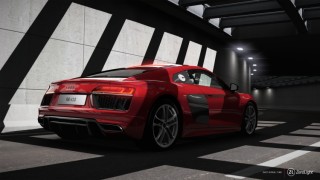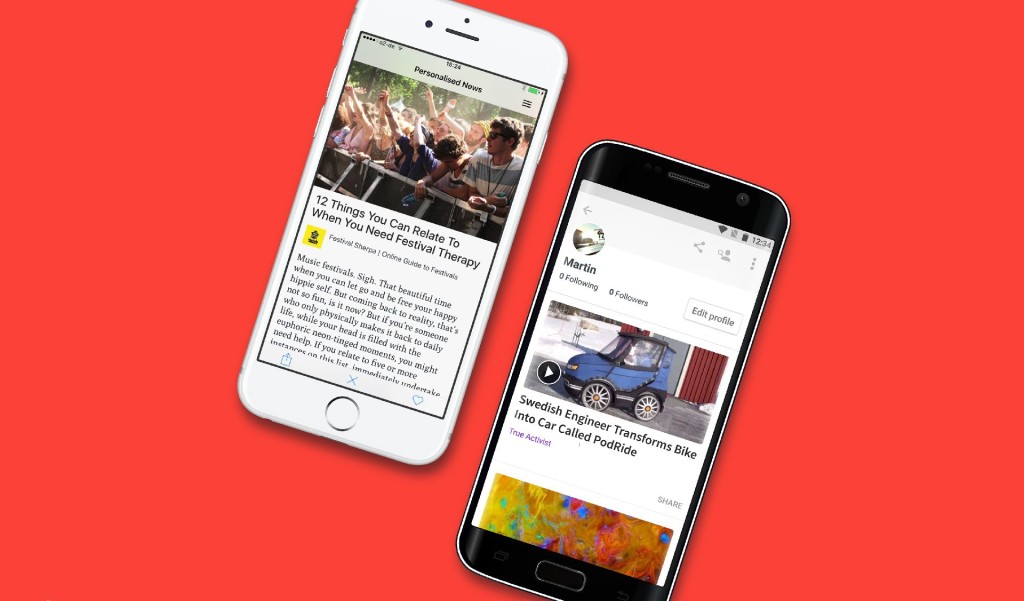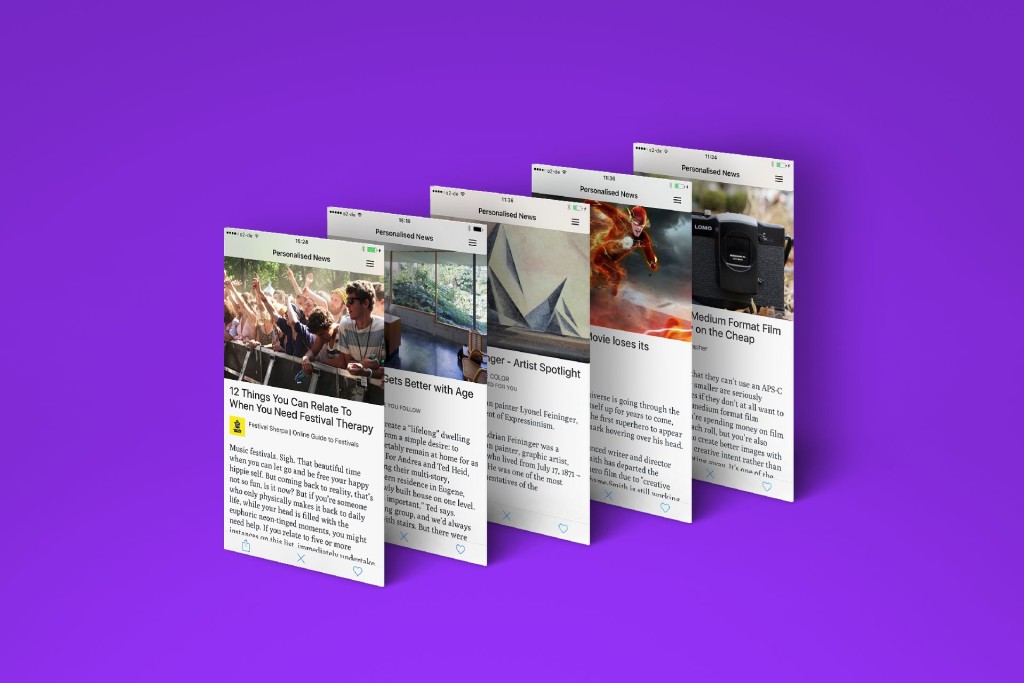Adding superstars to mobile games seems to be a key to success, evidenced by the millions of dollars generated by hits like Kim Kardashian: Hollywood. Creative Mobile decided to try to catch the same kind of fame when it released Fetty Wap: Nitro Nation Stories this week, working alongside the developers at MOOR Games to connect the fast-paced street racing experience with an award-winning hip-hop artist.
“Fetty Wap has great taste in cars, that’s what makes him so perfect for this game,” said Creative Mobile co-founder Vladimir Funtikov in the press release earlier this week. “We’re really excited to have such a stellar hip-hop star partnering with us, he’s got talent and a great team behind him.”
To gain more insight on Fetty Wap’s involvement with the game, and what players can expect from the racing experience, we chatted with Artur Grigorjan, Creative Mobile’s head of marketing.

What is the game about, and how did Fetty Wap got involved with the project?
Fetty Wap: Nitro Nation Stories is a story-driven racing adventure game that features hip hop sensation Fetty Wap, his partner Monty and the RGF Productions team. We were approached by Moor Games, who was searching for a studio with experience in the mobile market, to help bring their vision of a branded Fetty Wap game to life. We’ve fit the entire game around Fetty Wap, with the soundtrack featuring songs like “Jugg (feat. Monty),” “Trap Luv,” “My Way (feat. Monty),” “Boomin,” and “Monty-Overnight (feat. Fetty Wap),” and the ability to use Zoo cash as in-game currency, and the chance to win real rewards signed by Fetty Wap and Monty.
You’re offering rewards to players who take part in the game. How does that work?
In order to give the game a personal touch, we’re giving away real-world merchandise autographed by Fetty Wap and Monty, including T-shirts, concert tickets and other paraphernalia. Each week a top player in the Underground Tournament is eligible to receive a unique promo code. All they have to do is fill in their shipping information and send it to us. Players even have a chance to win a personal meet and greet with the guys. There isn’t any other celebrity game doing these kinds of things.
How do players interact with Fetty Wap in the game?
Fetty Wap is the best friend of the player, he helps to drive the game’s plot and assists you throughout the game. Monty runs the “black market” where players can upgrade their cars with after-market parts. Later in the year we’ll have seasonal tournaments where players can race against Fetty Wap, Monty and the guys from RGF Productions.
How many cars will players be able to interact with?
In total there are over 30 street and race cars to choose from (Alfa Romeo, BMW, Cadillac, and so on). All models are licensed from real-world brands. Players will start with the starter pack of cars, and as they progress, they will be able to win or buy new cars and upgrades.
Do you think the presence of celebrities in mobile games help give them the proper push they need to be popular?
It’s an ideal situation for both sides. The mobile games market is fiercely competitive these days, so brands and celebrities are bringing their audiences to games who are hungry for players. At the same time, mobile games offer celebrities and brands a new medium to reach their audiences and target demographics worldwide. Fetty Wap and his team are rising stars in the hip-hop world, and we’re bringing them to an international platform in 13 languages. At the same time, we’re gaining major exposure in the U.S. markets and building partnerships for future projects.
What kind of updates can we expect from the game in the weeks ahead?
We’ve got lots of planned promotions, weekly events and seasonal tournaments coming up later this year with some huge prize giveaways.

 VR also offers an extra level of immersion and engagement while giving the customer a compelling experience that leads to increased sales and higher specification purchases. It’s a modern way of buying and selling cars without the prototypical salesman-like approach.
VR also offers an extra level of immersion and engagement while giving the customer a compelling experience that leads to increased sales and higher specification purchases. It’s a modern way of buying and selling cars without the prototypical salesman-like approach.


